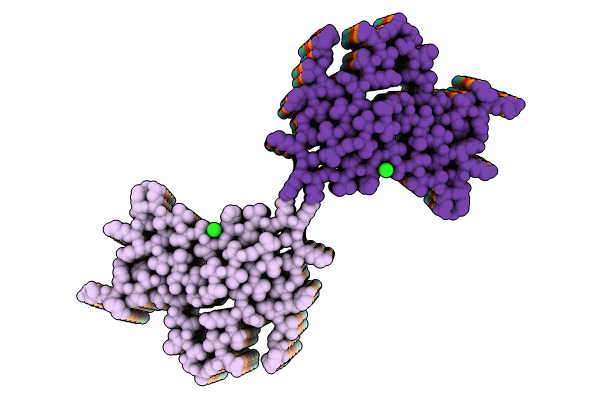
Deposition Date
2024-07-03
Release Date
2024-07-17
Last Version Date
2025-01-22
Entry Detail
PDB ID:
9FYP
Keywords:
Title:
Cryo EM structure of the type 3B polymorph of alpha-synuclein at low pH.
Biological Source:
Source Organism:
Homo sapiens (Taxon ID: 9606)
Host Organism:
Method Details:
Experimental Method:
Resolution:
2.23 Å
Aggregation State:
FILAMENT
Reconstruction Method:
HELICAL


